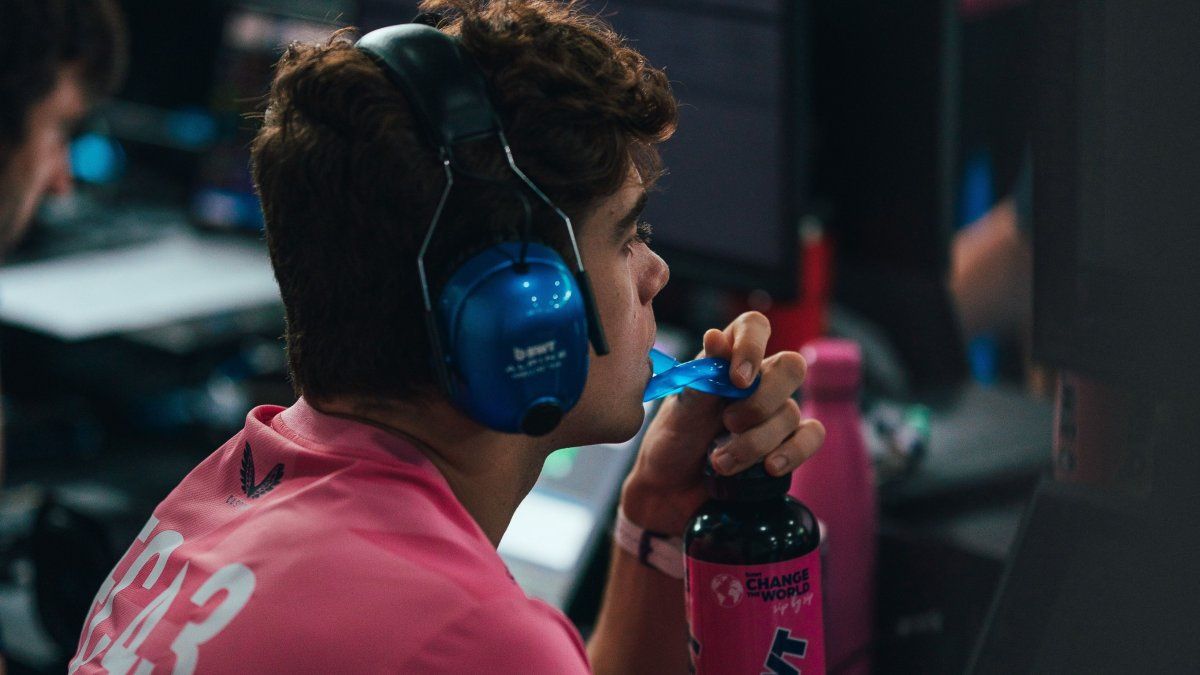The financial firm estimates that, just by returning to the values of the pre-agreement, the prices of sovereign debt securities would increase between 3% and 8% and that certain bonds (such as GD35) could leave returns in dollars of 13% in a scenario basis on which the market validates the agreement with the IMF as positive. “It can be argued that there is a decoupling between the situation of the main financial variables and the price of bonds in dollars,” says the IOL study.
Why did this decoupling occur? For Santiago López Alfaro, president of Patente de Valores, Argentine bonds were massively bought during the previous government and many of those funds still continue to sell their large positions. Likewise, he stated that the war between Russia and Ukraine negatively affected emerging funds.
“These funds have Argentine, Russian, Ukrainian, Belarusian bonds, etc., and now investors have withdrawn these funds and have to sell them. In other words, there was a negative flow of sales in the large funds that own Argentine bonds, so that negative flow continues and the bonds have not been able to rebound with the news of the agreement with the IMF,” said López Alfaro.
On the other hand, from the Bull Market Group, they pointed out: “A lot of expectation was generated with the agreement, but it ended up disappointing because it is not perceived as good as expected, and it was reflected in the prices of the bonds. Therefore, Argentina today performs at the levels of countries that are in situations of great stress. Our short-yield bonds are around 25%, while Chile yields 4% in 20 years or Brazil at 6%”.
Bonds with the most potential
According to IOL, the bonds under foreign law GD35 and GD41 are the ones with the best risk-return ratio and could be the most favored by a change in trend after the formal approval of the new program with the Fund.
To measure the risk, they propose a calculation of sensitivity in the event that the IRR changes between 200 and 500 basis points, both up and down. The factors to take into account are a return to the pre-agreement values (200 basis points) and an impact of the drop in Country Risk, similar to that observed in countries that have closed agreements with the IMF (500 basis points).
Regarding the GD35 bond, IOL projects that “if the price of the bond were to return to those values, returns of 6% could be obtained. In the base case that the market validates the agreement with the IMF as positive, we estimate that there could be a return in dollars of 13% consistent with a drop in the IRR of 2 percentage points. A very optimistic scenario, with low probability, could imply a return of up to 38% in dollars”.
While the GD41 bond, although it has less liquidity, is presented as one of the best alternatives. In this sense, the report indicates that “considering that today it operates at US$34.15 compared to the value of US$37 on January 28, 2022, it could have a return of 8.4%. In the base case, as in the very optimistic one, it presents similar results to GD35”.
For his part, López Alfaro recommends the GD38 and GD41 bonds: “The ones we recommend the most are the 2038 and 2041, which are the bonds with the highest coupon. Likewise, the 2035 bond also, despite the fact that it has a lower current rate, but in 2023 it will be higher than 10%. It is convenient to buy the bonds in dollars that have more coupon”.
For Grupo Bull Market, it depends on what each investor prefers. They described it this way: “In general, the longest bonds have the most to gain if the situation settles as prices are depressed, have high duration and are the most likely to rise. An example is the GD41. While short bonds, such as GD29 or GD30, are a somewhat more conservative move, since they are lower risk and short term. Being the shorter period, the theoretical yields are somewhat higher, but bonds over the long term, probably give more profit.
Source: Ambito
David William is a talented author who has made a name for himself in the world of writing. He is a professional author who writes on a wide range of topics, from general interest to opinion news. David is currently working as a writer at 24 hours worlds where he brings his unique perspective and in-depth research to his articles, making them both informative and engaging.




